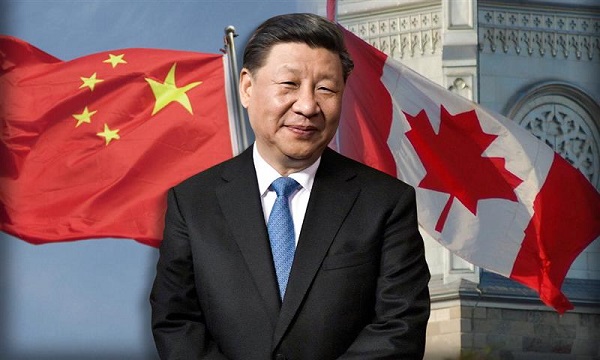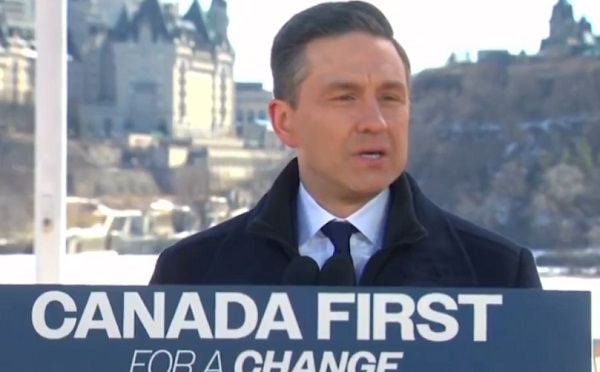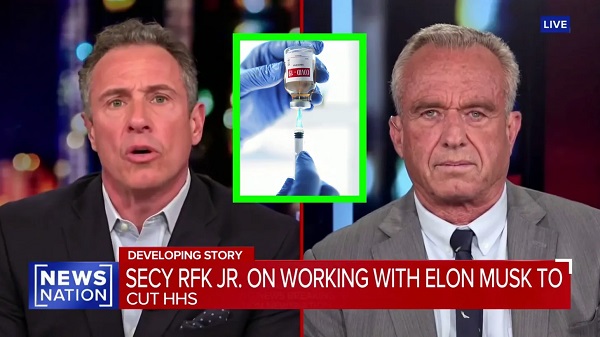Opinion
Hope Mission looks to fill in for the inaction of the city and school boards north of the river

Hope Mission, a not-for-profit agency sees a need for a youth centre for the under-privileged in Red Deer’s north. Commenting about the children who cannot afford the luxury of bouncing a basketball in a city facility. Now add in the lack of a high school and with it gym space, programs and facilities available in the south, and you can understand why they believe in the need.
I have been suggesting for quite sometime that we should develop Hazlett Lake in Red Deer’s north, especially with the opening up of land in that area north of Hwy 11A offering housing to 20,000 new residents.
Hazlett Lake is almost exactly the same distance from the Riverlands as the Collicutt Centre, (6 kms.) and if that is to be the crowning jewel of our city, then it would only be fair to have bookends in the NW and SE equidistant away.
Building a 50m pool and an indoor ice rink on Hazlett Lake would offer opportunities to those who cannot afford a pass for indoor pool can swim in the lake, and in winter skate on the lake if they cannot afford to skate indoors. It would also cut down the burdensome expense and time for commuting by the north side residents. A 50m pool would supply a need for competitive swimming, sorely lacking and requested in Red Deer.
The city hasn’t built a school north of the river since 1985, along with an indoor pool or indoor ice rink. The city has never built a high school north of the river, even with a possible future population of 55,000 residents, and is concentrating all facilities to be built south of the river, with the teeniest of hope for another rink at the Dawe Centre but reading between the lines, that is but the teeniest of hopes.
777 residents left Red Deer from north of the river, vacancy rate has risen to unprecedented levels, unemployment has shot up, as have crime and yet the city talks about building more high schools south of the river, fixing up tennis courts, replacing ice rinks and swimming pools south of the river. Building a $20-million footbridge for the downtown residents so they won’t have to walk 300m further and walk on Taylor Bridge.
The city and the school boards have neglected the residents north of the river, so extremely that charities have to step up to the plate. Hope Mission you got my support. Kudos to you.
I know that everyone hopes that we will see another boom in the energy sector, with the pipeline approvals, but let us keep our eye on the ball. Tourism, staycations, under-privileged children will still be issues that should be addressed now as there will almost definitely be another bust.
Time is now to look at Hazlett Lake before the city commits itself to the downtown with a new pool and a concert hall leaving no money available for the north side of the river, and divides the area around Hazlett Lake into small parcels divided among the developers.
Many of us believe it is important. Hope Mission believes it is important. The city and school boards may not, but I think you do. Right?
2025 Federal Election
Liberal MP Paul Chiang Resigns Without Naming the Real Threat—The CCP


 Dan Knight
Dan Knight
After parroting a Chinese bounty on a Canadian citizen, Chiang exits the race without once mentioning the regime behind it—opting instead to blame “distractions” and Donald Trump.
So Paul Chiang is gone. Stepped aside. Out of the race. And if you’re expecting a moment of reflection, an ounce of honesty, or even the basic decency to acknowledge what this was really about—forget it.
In his carefully scripted resignation statement, Chiang didn’t even mention the Chinese Communist Party. Not once. He echoed a foreign bounty placed on a Canadian citizen—Joe Tay—and he couldn’t even bring himself to name the regime responsible.
Instead, he talked about… Donald Trump. That’s right. He dragged Trump into a resignation about repeating CCP bounty threats. The guy who effectively told Canadians, “If you deliver a Conservative to the Chinese consulate, you can collect a reward,” now wants us to believe the real threat is Trump?
I haven’t seen Donald Trump put bounties on Canadian citizens. But Beijing has. And Chiang parroted it like a good little foot soldier—and then blamed someone who lives 2,000 miles away.
But here’s the part you can’t miss: Mark Carney let him stay.
Let’s not forget, Carney called Chiang’s comments “deeply offensive” and a “lapse in judgment”—and then said he was staying on as the candidate. It wasn’t until the outrage hit boiling point, the headlines stacked up, and groups like Hong Kong Watch got the RCMP involved, that Chiang bailed. Not because Carney made a decision—because the optics got too toxic.
And where is Carney now? Still refusing to disclose his financial assets. Still dodging questions about that $250 million loan from the Bank of China to the firm he chaired. Still giving sanctimonious speeches about “protecting democracy” while his own caucus parrots authoritarian propaganda.
If you think Chiang’s resignation fixes the problem, you’re missing the real issue. Because Chiang was just the symptom.
Carney is the disease.
He covered for it. He excused it. He enabled it. And now he wants to pose as the man who will stand up to foreign interference?
He can’t even stand up to it in his own party.
So no, we’re not letting this go. Chiang may be gone—but the stench is still in the room. And it’s wearing a tailored suit, smiling for the cameras, and calling itself “leader of the Liberal Party.”
2025 Federal Election
PM Carney’s Candidate Paul Chiang Steps Down After RCMP Confirms Probe Into “Bounty” Comments

 Sam Cooper
Sam Cooper
Just after midnight Monday, Liberal MP Paul Chiang announced he is stepping down as the Liberal candidate in Markham–Unionville — hours after Canada’s federal police confirmed it was “looking into” allegations that he endorsed handing a political rival to a foreign government in exchange for a bounty.
“This is a uniquely important election with so much at stake for Canadians,” Chiang wrote in a late-night statement. “I do not want there to be distractions in this critical moment. That’s why I’m standing aside as our 2025 candidate.”
The announcement followed a day of escalating controversy, triggered by The Bureau’s Friday report and a series of breaking developments over the weekend and Monday, detailing Chiang’s remarks at a January meeting with Chinese-language media.
At a January news conference with Chinese-language media, Chiang suggested that Joe Tay’s criminal charge in Hong Kong would create a “great controversy” if he were elected to Parliament, according to the Ming Pao newspaper. He then reportedly crossed into territory that Hong Kong rights groups have asked the RCMP to investigate — potentially amounting to counselling kidnapping and violating Canada’s foreign interference laws — by suggesting that Tay, a Canadian citizen wanted under Hong Kong’s National Security Law, could be “taken” to the Chinese Consulate in Toronto to claim a HK$1 million bounty.
The UK-based human rights NGO Hong Kong Watch filed a formal letter to RCMP Commissioner Mike Duheme on Monday morning, requesting a criminal investigation. The letter alleged Chiang’s comments may amount to “counselling to commit kidnapping” under Canada’s Criminal Code, and potentially violate the new Foreign Interference and Security of Information Act.
By late evening, the RCMP confirmed it was “looking into the matter,” citing the serious and growing threat of foreign interference and transnational repression. While no criminal charges have been laid, and no details about potential protective measures have been released, the federal police said it is working closely with intelligence and law enforcement partners.
Chiang did not reference the controversy directly in his resignation statement, instead framing his decision as a step to protect the broader interests of the Liberal campaign. He expressed pride in his record and gratitude to his community.
“For the past three-and-a-half years, it has been the greatest honour of my life to serve the people of Markham–Unionville as their Member of Parliament,” he wrote. “Every single day, I served with integrity and worked to deliver results.”
The move comes after mounting calls for Chiang’s removal, including from more than 40 Hong Kong diaspora groups and international human rights advocates who said his remarks endorsed Beijing’s tactics of transnational repression. Joe Tay, the Conservative candidate targeted in the remarks, revealed Monday that he had contacted the RCMP for personal protection even before the comments were made public.
Chiang had previously apologized for what he called a “terrible lapse in judgment,” but had retained the backing of Prime Minister Mark Carney — until Monday night.
More to come on this breaking story.
The Bureau is a reader-supported publication.
To receive new posts and support my work, consider becoming a free or paid subscriber.
-

 2025 Federal Election1 day ago
2025 Federal Election1 day agoPoilievre To Create ‘Canada First’ National Energy Corridor
-

 Censorship Industrial Complex2 days ago
Censorship Industrial Complex2 days agoWelcome to Britain, Where Critical WhatsApp Messages Are a Police Matter
-

 2025 Federal Election2 days ago
2025 Federal Election2 days agoChinese Election Interference – NDP reaction to bounty on Conservative candidate
-

 2025 Federal Election1 day ago
2025 Federal Election1 day agoJoe Tay Says He Contacted RCMP for Protection, Demands Carney Fire MP Over “Bounty” Remark
-

 2025 Federal Election1 day ago
2025 Federal Election1 day agoHong Kong-Canadian Groups Demand PM Carney Drop Liberal Candidate Over “Bounty” Remark Supporting CCP Repression
-

 2025 Federal Election1 day ago
2025 Federal Election1 day agoBeijing’s Echo Chamber in Parliament: Part 2 – Still No Action from Carney
-

 2025 Federal Election23 hours ago
2025 Federal Election23 hours agoLondon-Based Human Rights Group Urges RCMP to Investigate Liberal MP for Possible Counselling of Kidnapping
-

 Daily Caller13 hours ago
Daily Caller13 hours agoBiden Administration Was Secretly More Involved In Ukraine Than It Let On, Investigation Reveals










